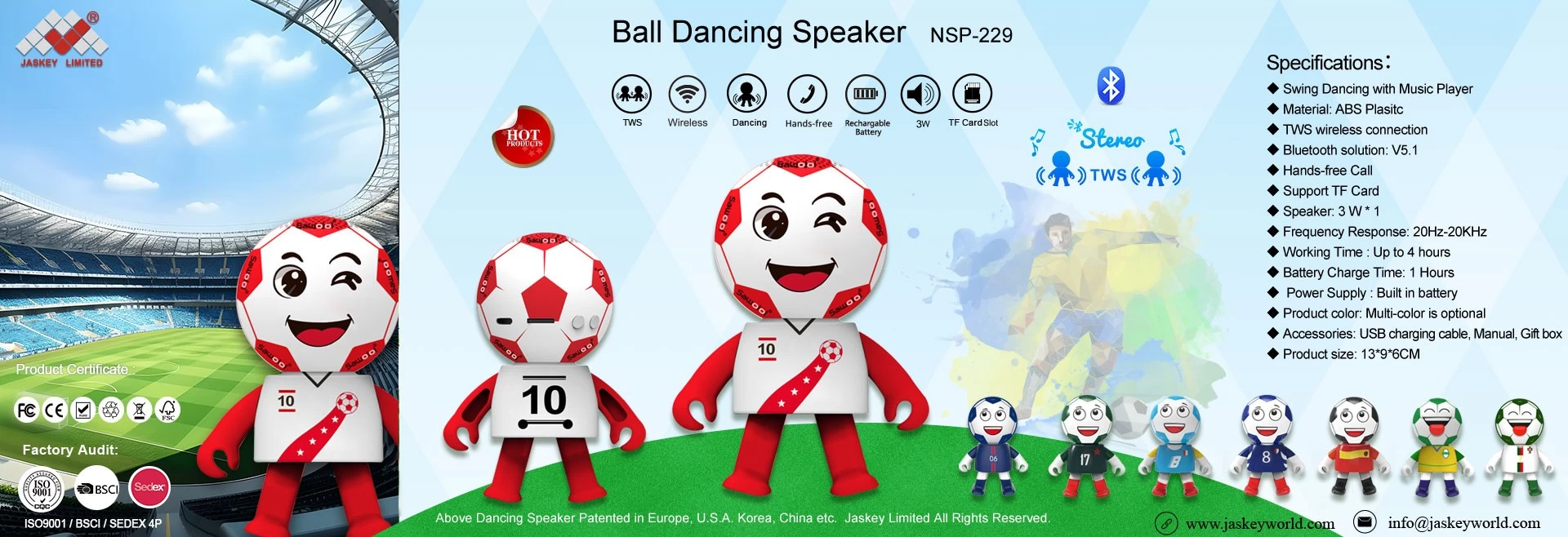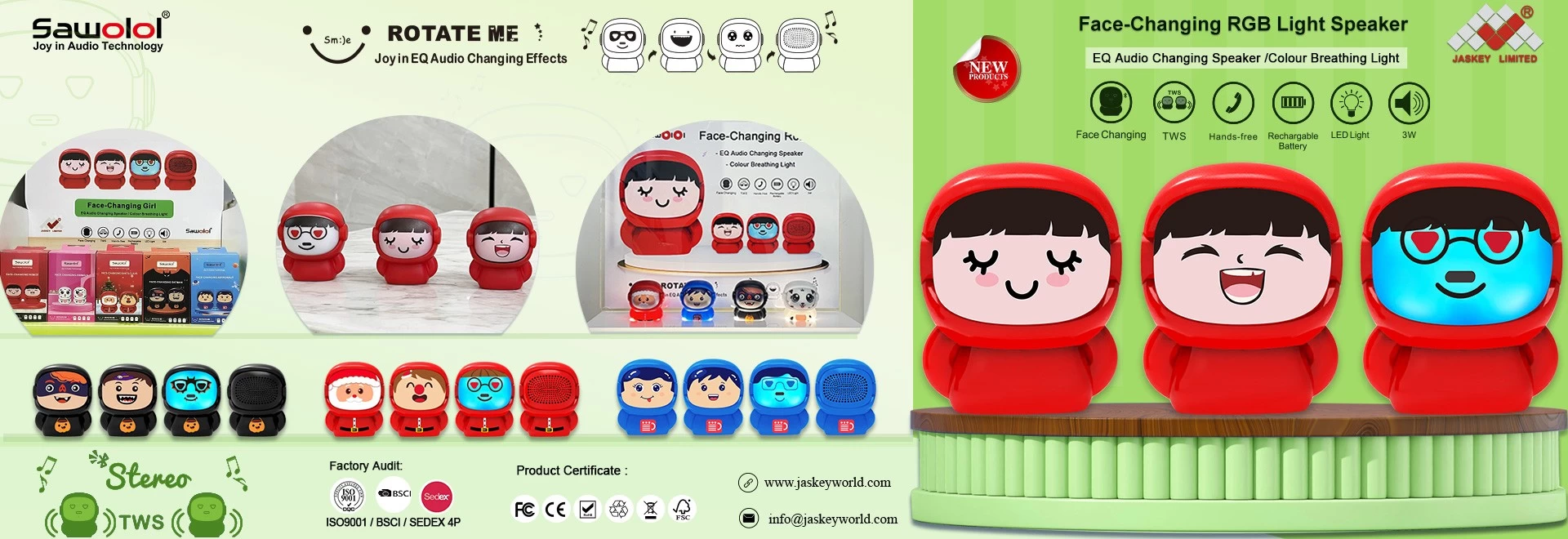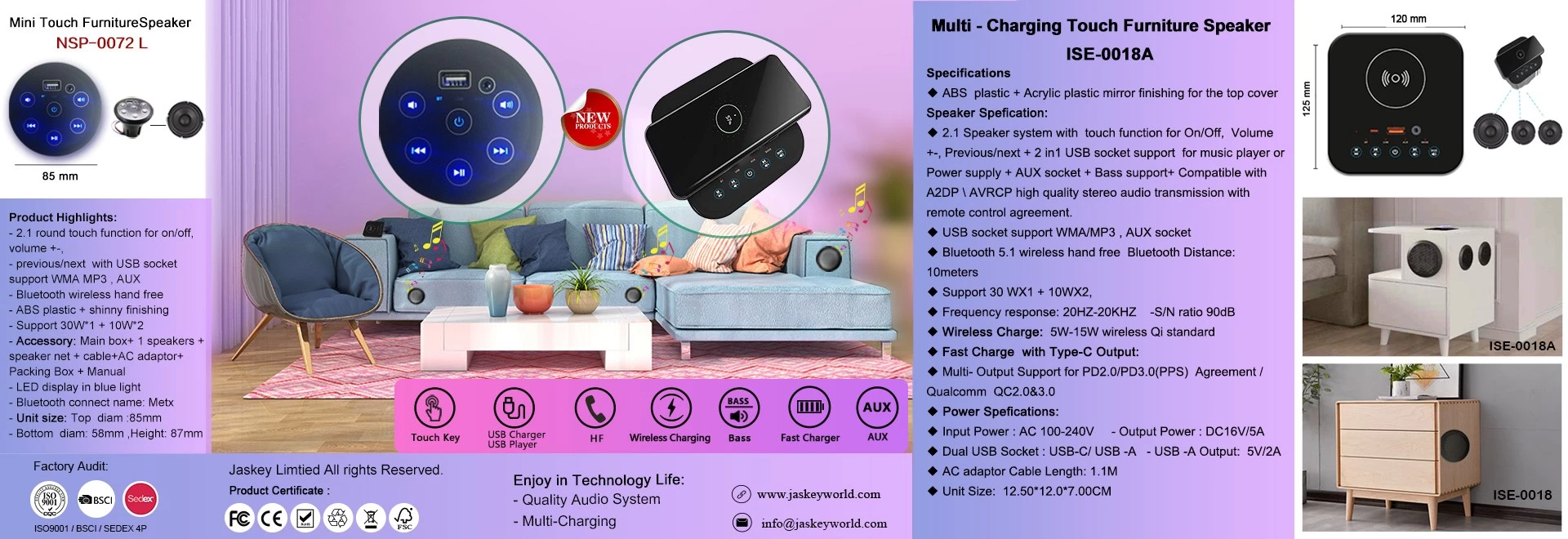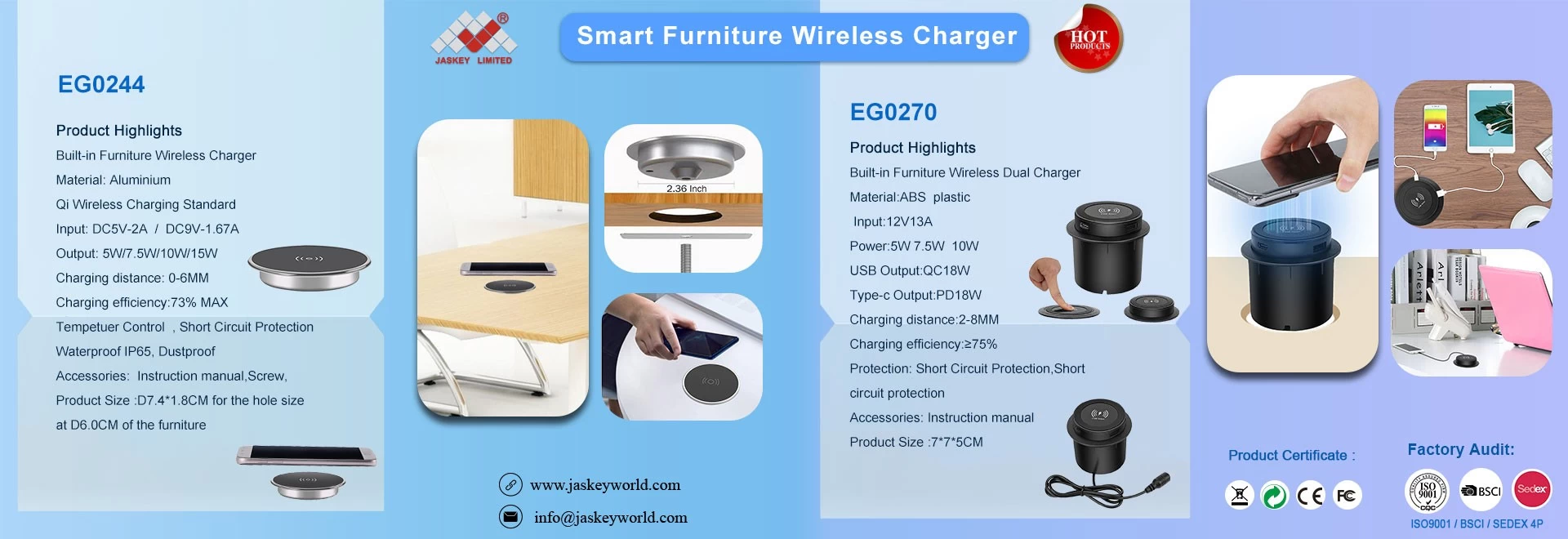The Important Terms of a Dancing Speaker
Dancing Speaker Sensitivity – it tells us how loud noise a dancing speaker will make for some given input. To simplify, it should tell us how loud a dancing speaker can be (but it’s not the only rating that determines the loudness of a speaker). It’s often measured in dB of SPL (SPL stands for Sound Pressure Level) measured at 1m distance for 1W input or in dB SPL at 1m distance per 2.83V for a given frequency or a range of frequencies.

Dancing speaker efficiency – efficiency rating tells us how efficient a certain dancing speaker is at converting electrical power into acoustic power and it’s given as a percentage. In order to calculate the efficiency, you have to divide the acoustic power output by the electrical power input. The dancing speakers, in general, are highly inefficient when it comes to converting the electrical input into acoustic power output and even the most efficient speakers have efficiency rated at 2%. The most of the electrical power input is actually converted into heat.

Dancing Speaker impedance – impedance rating tells us how hard it is to drive the speaker. Dancing speaker with low impedance rating offer lower resistance to the current supplied from an amplifier and they draw more current and cause the amp to work harder.Fancing speakers with high impedance are actually easier to drive because they draw less power. The impedance is measured in Ohms (Ω). We will explain the relationship between impedance and sensitivity later.
Power ratings – these ratings tell us how much power the dancing speaker can handle continuously (RMS power) and how much power it can handle for short periods of time (Peak or Maximum Power Input). The maximum loudness of a speaker depends on the power rating and its sensitivity.










